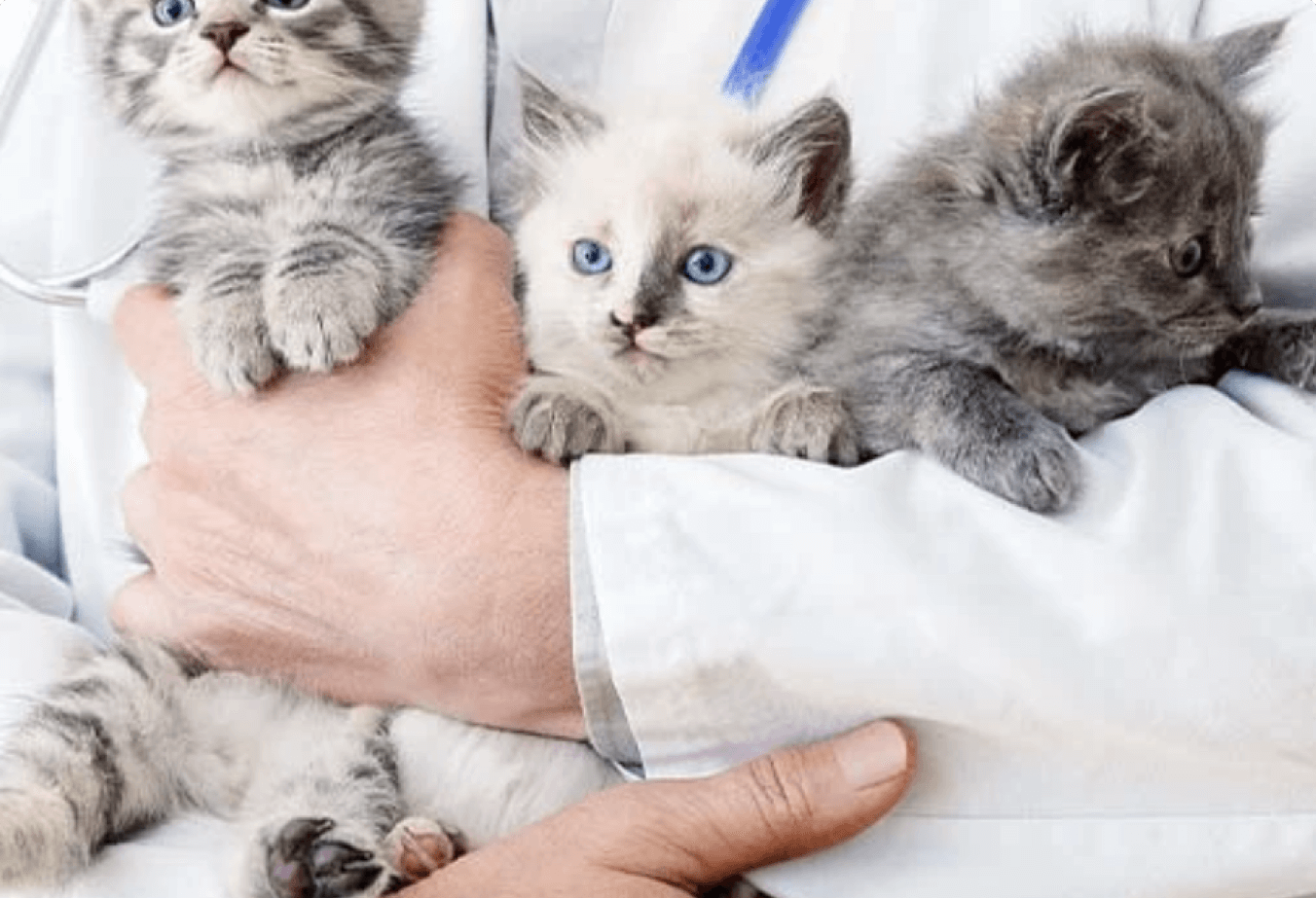Pancreatitis
It is most common in overweight, middle-aged dogs. Females are slightly more prone. It is not common in cats, but in older cats, liver and biliary tract diseases can involve the pancreas.
Etiology: Acute pancreatitis occurs when inactive digestive enzymes become active in the gland, digesting the gland and then entering the circulation and damaging other tissues.
The pathogenesis of pancreatitis is HYPERSTIMULATION. It can be triggered by obesity, high fat diet and hyperlipidemia. Various drugs (sulfonamides, corticosteroids, tetracyclines, diuretics), abdominal trauma, ischemia, bile reflux, pancreatic duct obstruction and parasitic, viral diseases can also be factors. Sometimes the initial trigger is unknown. Scorpion stings in humans?
Pancreatitis is difficult to diagnose, especially in cats. Clinical signs, leulocytosis, 2-fold increase in amylase or lipase levels in cats and 3-fold increase in dogs, loss of detail in radiography and changes in the structure of the duodenal-pylorus region, non-homogeneous enlargements in ultrasound and hypoechoic appearance of the pancreas are important in diagnosis.
Etiology: Acute pancreatitis occurs when inactive digestive enzymes become active in the gland, digesting the gland and then entering the circulation and damaging other tissues.
The pathogenesis of pancreatitis is HYPERSTIMULATION. It can be triggered by obesity, high fat diet and hyperlipidemia. Various drugs (sulfonamides, corticosteroids, tetracyclines, diuretics), abdominal trauma, ischemia, bile reflux, pancreatic duct obstruction and parasitic, viral diseases can also be factors. Sometimes the initial trigger is unknown. Scorpion stings in humans?
Pancreatitis is difficult to diagnose, especially in cats. Clinical signs, leulocytosis, 2-fold increase in amylase or lipase levels in cats and 3-fold increase in dogs, loss of detail in radiography and changes in the structure of the duodenal-pylorus region, non-homogeneous enlargements in ultrasound and hypoechoic appearance of the pancreas are important in diagnosis.
Clinical Symptoms
- Vomiting, anorexia, depression, fever and diarrhea, foul-smelling, oily bloody stools, sometimes ascites, shock in severe cases in dogs
- Lethargy (lethargy, drowsiness) and anorexia, vomiting are less common in cats than in dogs, bile and liver involvement are more common
- Fever, dehydration and cranial abdominal pain are more prominent in dogs.
- In complicated cases, icterus, petechiae, cardiac arrhythmias and respiratory distress
- Laboratory findings
- Serum amylase and lipase elevations are basic, Lipase is more diagnostic, in addition azotemia, hyperbilirubinemia, hypoalbuminemia, hypo- or hyperglycemia, liver enzyme elevations can be detected.
- Neutrophilia, increase in immature neutrophils, hemoconcentration,
- Serum TLI increase
- If abdominocentesis is performed, sterile (chemical) peritonitis can be detected.
Treatment
In mild cases
In mild cases
- Food intake is stopped in the first 48-72 hours,
- Administer IV fluids to ensure dehydration and electrolyte balance. If vomiting does not occur within 24-48 hours, water is given orally in small amounts. In the following days, small amounts of food (high KH, low fat, low protein) will increase pancreatic secretion, so high protein and fat should be avoided.
- To prevent recurrences, low fat, moderate protein and high KH foods are fed for a long time.
- In severe pancreatitis
- Oral water and food are stopped for 5 days, fluids are administered intravenously.
- If clinical signs regress and the animal does not vomit for 24-48 hours, oral water and food are given in small amounts. If oral feeding cannot be done after 5 days, total parenteral feeding or enteral feeding should be done.
- If hypoproteinemia is severe, plasma or dextran administration is required. Plasma administration is beneficial not only because of the oncotic pressure it provides but also because of the enzyme inhibitors it contains (inhibition of enzymes in the circulation).
- If abdominal pain is severe, analgesics containing meperidine or butarphanol may be helpful, although their effects on the pancreas are not high.
- If there is persistent glucosuria and hyperglycemia, regular (crystalline) insulin provides short-term blood sugar control.
- Antiemetics should be avoided whenever possible.



